Ford is taking a chance on the 2015 F-150. For the first time, the pickups body and construction will consist largely of lighter, more expensive aluminum parts. In a conservative segment like light-duty pickups, any drastic changes could receive some negative attention, but Ford says they are pleased with the feedback they’ve received since the truck first made its debut at the North American International Auto Show in Detroit.
Motor Trend sat down with Ford Chief Operating Officer, Mark Fields, marketing chief Jim Farley, and head of product development, Raj Nair to discuss what they thought about the public’s reaction and feedback on the innovative and thought provoking new pickup.
“We went through a process when we started developing this program in 2009. We first talked to customers, because you know it starts with customers. We’ve been talking to customers on the truck side for decades. They told us two things; they told us they wanted better fuel economy and they didn’t want to compromise on the capability of the truck,” said Fields. “And we used that and we could have taken three approaches: one is just kinda (sic) incrementally make some changes to the vehicle. The other is do more aluminum closures. And the other was let’s do a ground-breaking new high-strength steel frame and the aluminum body, the high-strength, high-grade aluminum body. And we went with that after 15, 16 months of 8-9 work streams. Working everything from manufacturability, scalability, serviceability, procurement, who we were going to work with from a supplier standpoint, so by the time we made the decision, it was the right decision, and it wasn’t a huge bet because we had done the homework.”
Farley expanded on one of the main concerns consumers have surrounding the truck, the cost to repair its aluminum body panels. He explained they are in the process of getting the right equipment out to the dealers and training employees to repair the trucks, and hope to have those goals complete by the third-quarter of this year.
“There was a lot more questions about repairability, so we’ve suddenly had to take our service engineering team primetime with the media now. We are about halfway into signing up the number of dealers that we need for the repairability,” said Farley. “You know about 20% of the repairs for full size trucks are done by dealers, about 80% are independent repair body shops. We signed up about 400 dealers now – I think it’s just shy of 500 dealers – and so we’re about halfway to our goal.”
Finally, Nair commented on the popular discussion surrounding the truck at the North American International Auto Show in Detroit. He said Ford didn’t anticipate the public putting so much emphasis on the added cost of repairing and servicing the truck, but added Ford isn’t worried as they spent a lot of time making the truck as cheap and easy to service as possible.
“I think that the focus on the serviceability was maybe a little bit of a surprise – not that we hadn’t done a lot of work around that, particularly around engineering the actual material change. Really focusing on the engineering of the serviceability, the time to change panels, the replaceability without having to cut into panels, all of that – overall service costs should be pretty close – we had spent a lot of time on that on the engineering side, but were surprised that it was part of the whole show discussion. Yeah, I think that area was a surprise as far as the reaction, but not a surprise as far as what we were engineering to,” Nair said.
Ford seems to be rewriting the half-ton pickup truck book with the 2015 F-150. But will the truck-buying public, a segment that is flooded with consumers who know what they like and are usually hesitant to venture away from proven designs and technology, accept the ultra-advanced F-150 with open arms? We’ll find out when it arrives on the blue-oval’s dealer lots later this year.


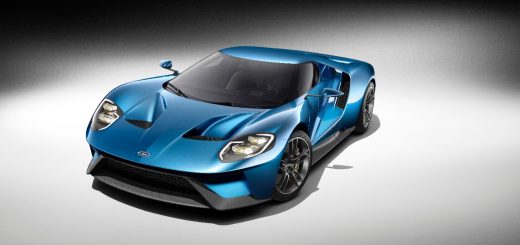
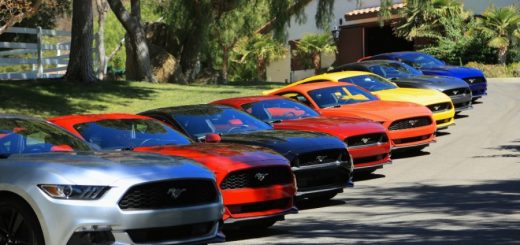
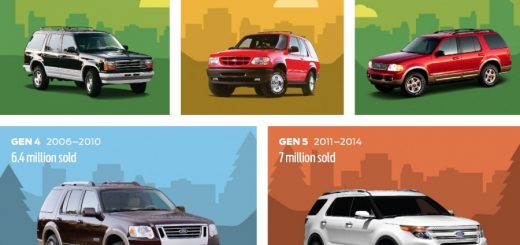
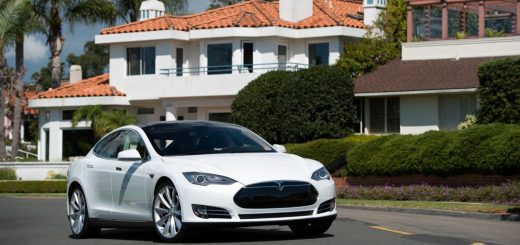
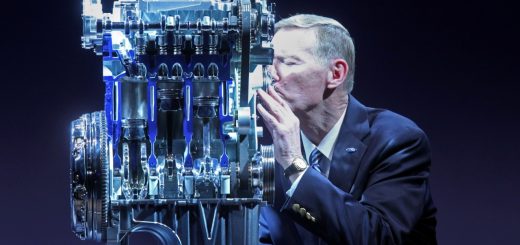
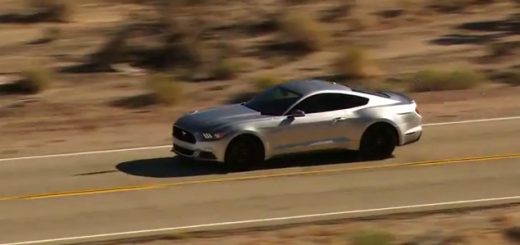






Comments